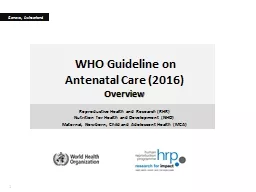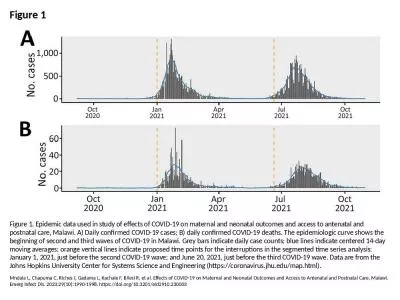PPT-Antenatal care for women with diabetes
Author : interviewpsych | Published Date : 2020-06-16
D HIND Showman Antenatal care for women with diabetes Advise pregnant women with type 1 diabetes to test their fasting premeal 1hour postmeal and bedtime blood glucose
Presentation Embed Code
Download Presentation
Download Presentation The PPT/PDF document "Antenatal care for women with diabetes" is the property of its rightful owner. Permission is granted to download and print the materials on this website for personal, non-commercial use only, and to display it on your personal computer provided you do not modify the materials and that you retain all copyright notices contained in the materials. By downloading content from our website, you accept the terms of this agreement.
Antenatal care for women with diabetes: Transcript
Download Rules Of Document
"Antenatal care for women with diabetes"The content belongs to its owner. You may download and print it for personal use, without modification, and keep all copyright notices. By downloading, you agree to these terms.
Related Documents














